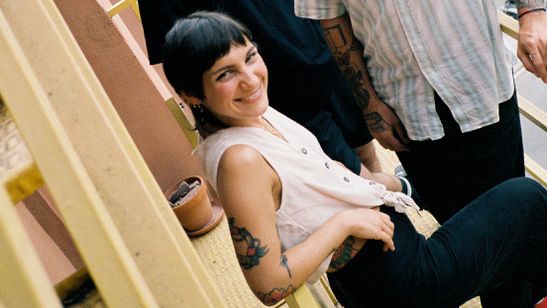Carmen Angelillo is the co-founder and creative director of Barcelona’s Niceshit Studio. Originally from Italy, she cut her teeth at a stop motion studio and then London’s Animade before forming Niceshit Studio with Guido Lambertini and Rodier Kidmann.
I recently met her in Barcelona, where she showed me round Niceshit’s studio space and explained her passion for animation. Here, as part of our Day in the life series, we chat about why fashion design wasn’t for her, how living abroad can influence creative work and why design festivals need to do better.

Tell me about a typical day in your role
Each day can be different as my role is very varied. I try to start every morning with an ‘energy check’ where I have a bit of time alone to check how I feel and understand my energy level to see how many things I can squeeze into my day, both creatively and in my personal life. On days when I’m more energised than others, I’ll attend an improv class or finally have that meeting I haven’t been able to get round to yet. I think it is so important to spend time getting to know our bodies and emotions, especially if we work with ideas.
We start every day with a team meeting where we share what we’re working on and I use this time to set myself goals. Then I like to prioritise the most creative tasks, like creating a storyboard or having a brainstorming session with the team, as I feel that I have more ideas in the morning. We also work with a lot of overseas clients so we tend to have meetings in the afternoon.
For creative tasks, I love to draw or sketch ideas. This is the part of the creative process that I enjoy the most, before handing over to our team of illustrators to execute them beautifully.
I tend to end my day doing some colouring in a sketch book, without trying to think too much or illustrate anything in particular. I find that playing with colour in this way relaxes me and freshens up my brain.
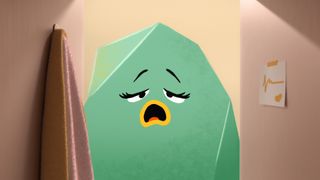
What was your early career like?
I never would have imagined doing what I’m doing now when I first started working! I studied fashion design in Milan and then I realised that it wasn’t as creative as I thought, so I took my very first step into the animation industry with an internship at a stop motion studio in Italy. That’s how I began to understand how to make things move, and that 12 drawings can be translated into motion before our very eyes.
Which project are you the most proud of and why?
My favourite projects combine animated characters with a thoughtful message and some humour or levity, so I’m really proud of The Feelings – an animated video we created a few years ago to promote the importance of protecting the mental health of hospitals and healthcare workers. Talking about our feelings is something we should all take more seriously so I’m glad we had the opportunity to create this video.
Tell me about a tricky work-related challenge and how you approached it
One of the biggest challenges I’ve faced was realising that I can’t do everything myself. In these situations, I always try to follow my gut as it normally leads me to the right person for the task, and has also led me to establish relationships with great artists and create new connections with people who have given fresh perspectives to the project.
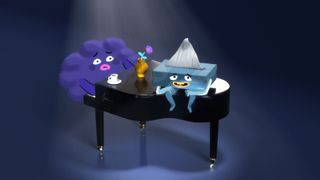
How do you approach a brief when you get it?
The first thing I always do is make sure I understand the tone that our client is looking to achieve, and from that point we can begin to build out the style and emotion of the project, seeing what touches of humour or other emotion can add.
We also always try to push ourselves creatively and create a new style for each brief, so we spend some time imagining and experimenting with different approaches and techniques to make sure each project feels distinct and different from anything else we’ve created.
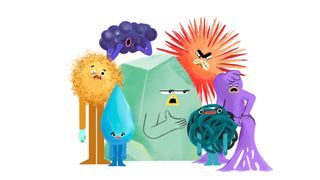
Why did you found Niceshit?
Niceshit’s co-founders (me, Guido and Rodier) all met while working together at bigger studios. We realised that we could create our own working environment with a smaller team, establishing a healthy safe space where we could decide what type of projects we wanted to take on and respecting all of our individual creative formulas.
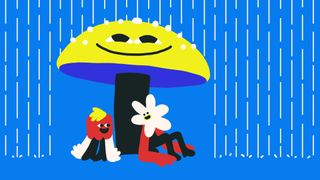
What are your favourite tools?
I use a classic graffiti pencil for almost everything, from sketching to taking notes, to writing down ideas that I don’t want to lose. But also, right now I love working with Photoshop and use it for a lot of different tasks. I like experimenting with different Photoshop brushes and textures to create new looks for the projects we’re working on. I also use Photoshop to give feedback to the team, as it’s often quicker to sketch an idea than to write something out.
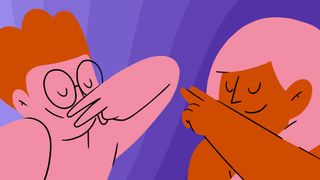
How important is having the right music or sounds for animation?
I would say it’s essential. In our daily life we’re all constantly exposed to different images, but when we combine these with the right sound and music we can more effectively communicate the message we’re intending to.
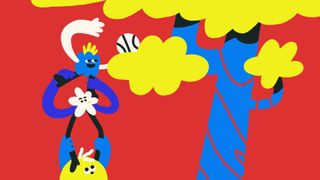
Do you think your experiences living abroad have informed your animation work?
Yes, most definitely. I left my home country more than 12 years ago and moved from Italy to Sweden, which was a big change for me but also the best experience. I started working with people from different countries and seeing how amazing things can be made when you mix your knowledge and experience with someone else’s from a completely different background.
Before I moved to London I didn’t know that it was possible to get so close to the studios, artists and creatives that I admired. I learnt that when you push yourself out of your comfort zone it makes you stronger, but also creates an entirely different version of yourself that might surprise you.
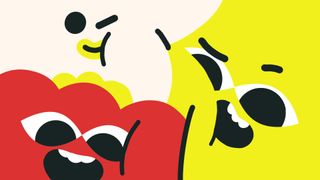
How inclusive is the design industry in 2024?
My quick answer to this is… not as inclusive as I would like it to be. I feel that there are still a lot of big steps to take in our industry.
Since enrolling in my animation masters I got used to being surrounded by men and even though I learned so much from them, it also gave me the determination to speak up and do creative projects using my own voice.
My dream is to enter a design festival and not immediately notice that the speakers are almost entirely white and male. I also want to meet more female creative directors who are creating illustration and animation briefs. How can we expect to inspire a younger generation of creatives if we’re not representing them?
A couple of weeks ago I was asked the question: how can we, as men, make the design industry more inclusive? My answer was: just try to take a step to the side and leave a bit of space for other people creating amazing work.

Who’s your dream client?
My dream client would be someone who is open to new ways of thinking and understands our sense of humour. My favourite collaborations are when we create a personal connection with our clients, it makes everything feel more human and creates a safe space for new ideas.
What career advice would you give your younger self?
Keep being curious, always say what you think and ask as many questions as you can. And always follow your intuition – if something feels weird that’s probably a sign that the situation isn’t as good as you expected.
Find out more about Niceshit Studio.
